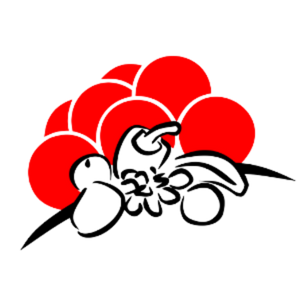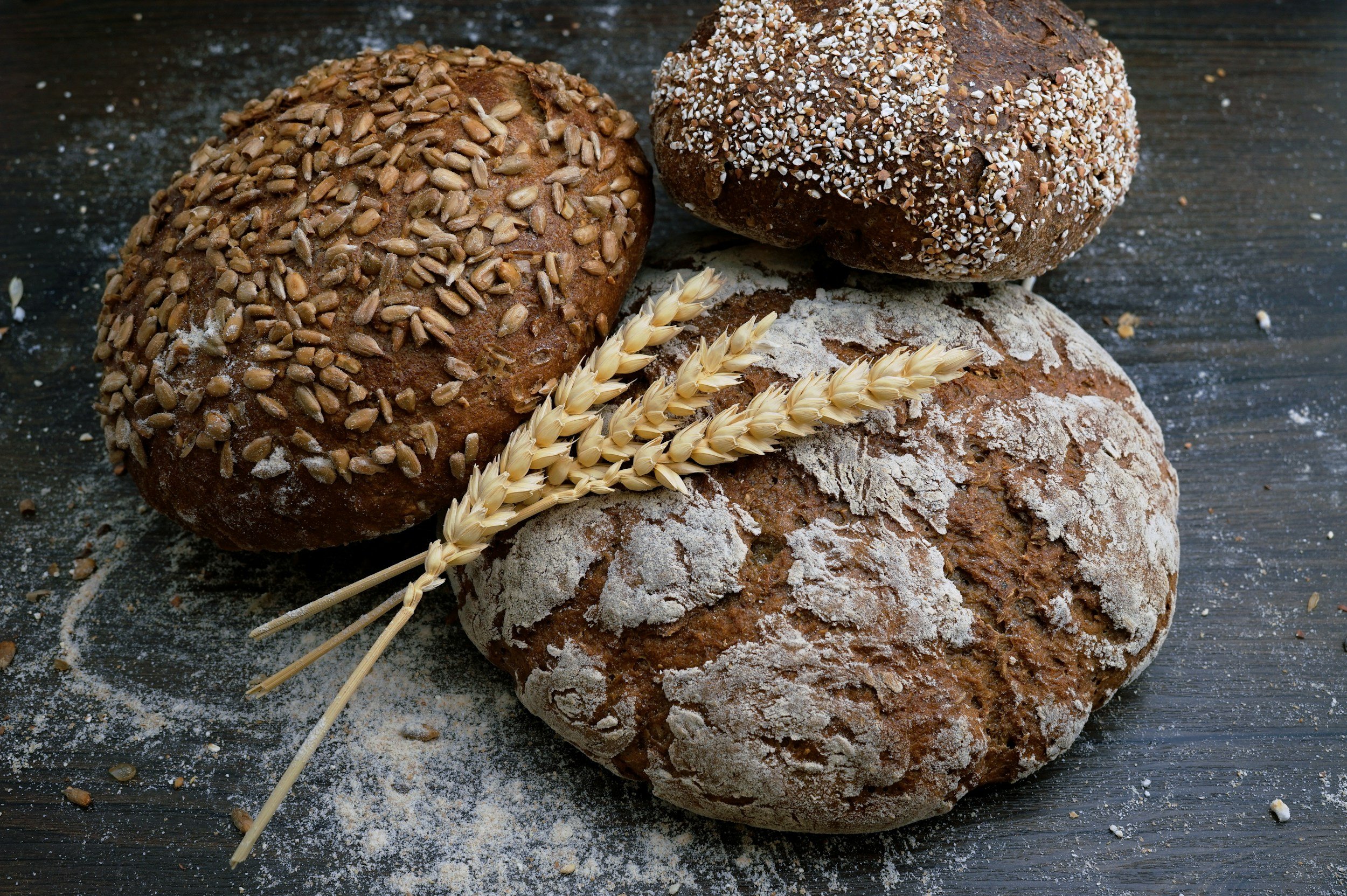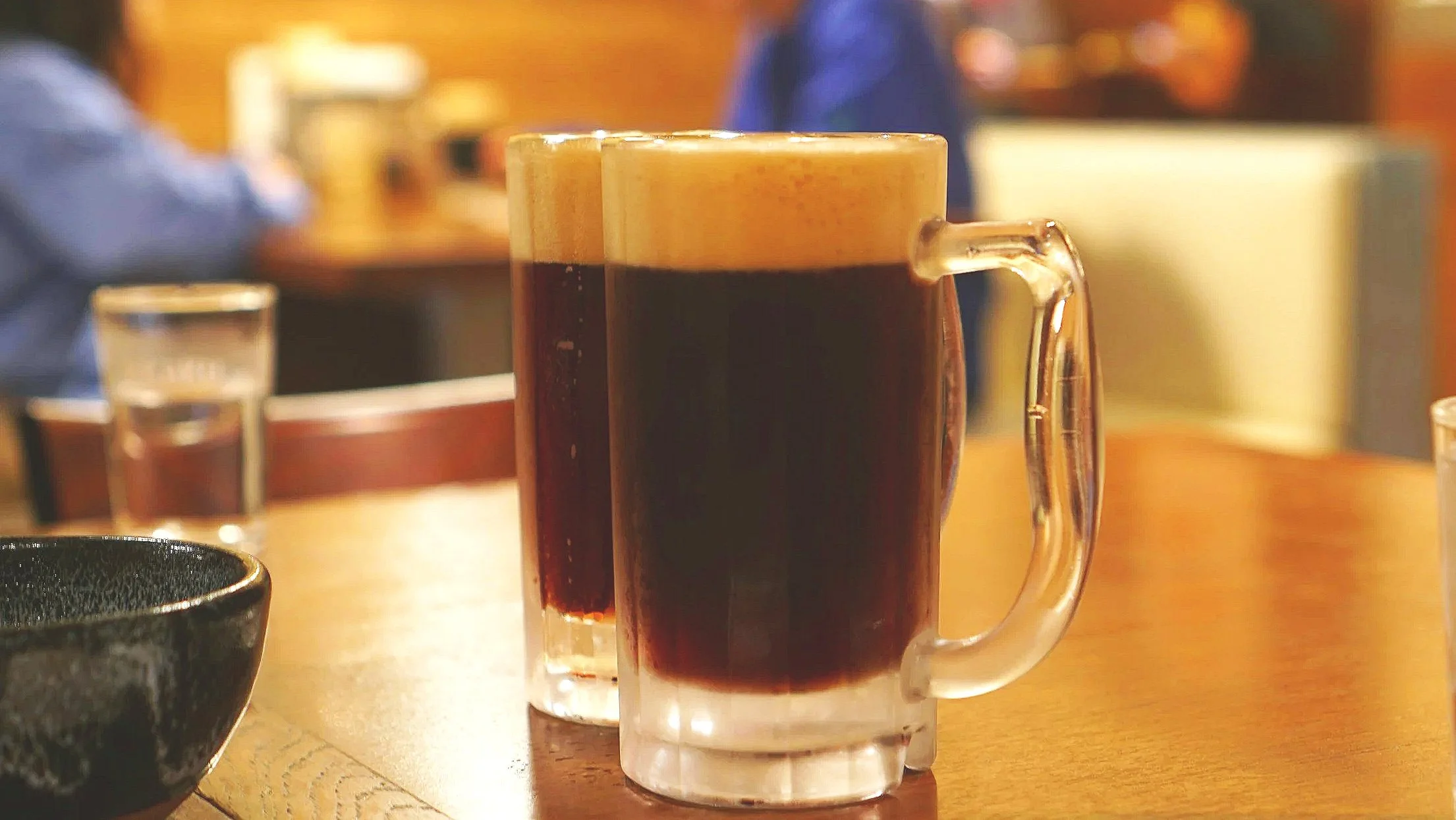Malt (Barley)
Natural brown tones from roasted grains
Malt color is derived from roasted barley grains, typically from Hordeum vulgare. The barley is first germinated (malted), then carefully roasted at high temperatures to develop Maillard reaction compounds responsible for the brown color. No chemical extraction is needed—this is a thermally-produced colorant that results directly from roasting.
Once roasted, the malt can be milled into powder or processed into a syrup or extract. The resulting color ranges from golden to deep brown, depending on roast time and temperature. Malt color is highly stable to heat and pH, and it also resists light fading. Because it’s made purely through traditional processes, it is often viewed as a natural and minimally processed coloring option.
Technical Notes:
pH stability: Stable in acidic to neutral pH
Light stability: Good
Heat stability: Excellent
Solubility: Water-soluble
Not suitable for gluten-free applications
Applications:
Beverages: Malted drinks, beer analogues
Dairy & Ice Cream: Ice cream swirls, malt-flavoured dairy drinks
Bakery: Bread crusts, rolls, malted buns
Confectionery: Malt candies, fillings
Savoury: Sauces, glazes, savoury spreads
Other: Health foods, meal replacement powders





